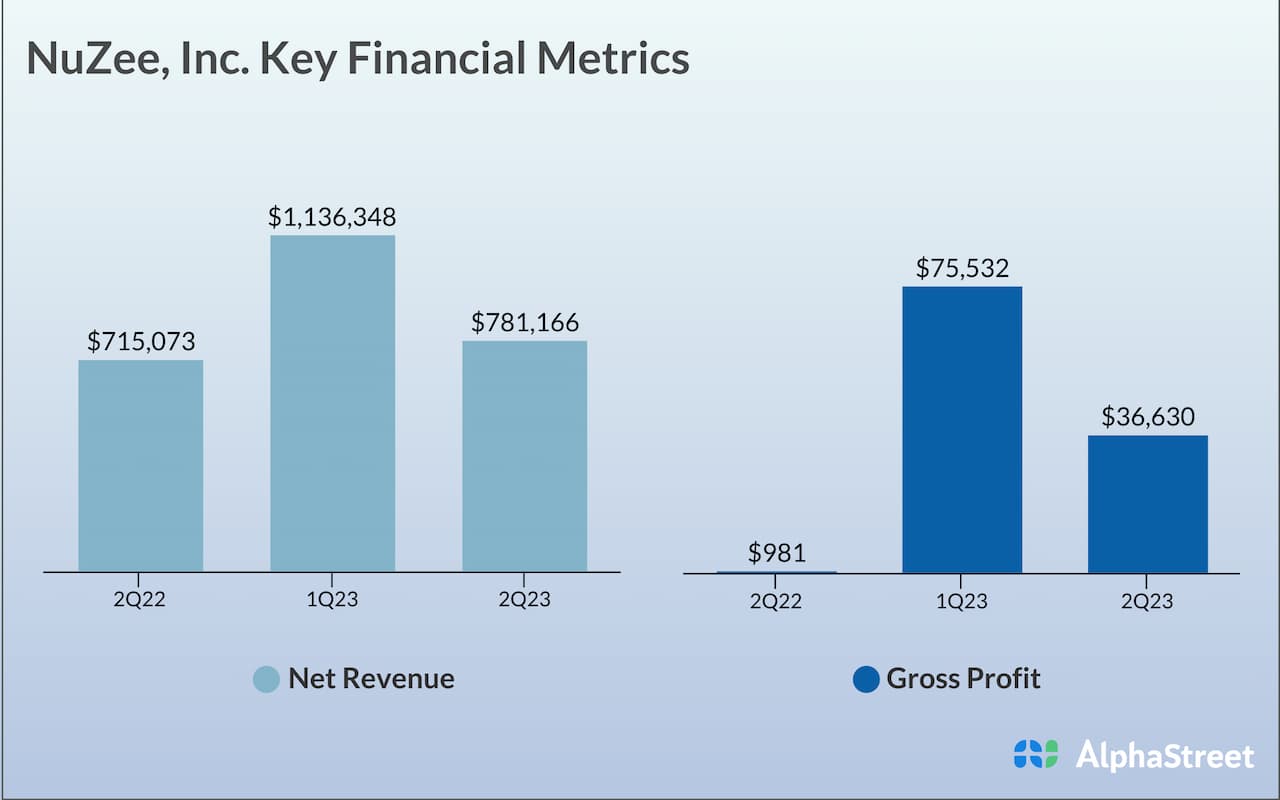Mark your calendars for the ultimate real estate experiences with Inman’s upcoming events! Dive into the future at Connect Miami, immerse in luxury at Luxury Connect, and converge with industry leaders at Inman Connect Las Vegas. Discover more and join the industry’s best at inman.com/events.
Rising interest rates hindered mortgage giants Fannie Mae and Freddie Mac from growing their portfolios last year, but strength in home prices helped both companies post double-digit growth in profits and net worth.
At $17.4 billion, Fannie Mae’s net income was up 35 percent from a year ago, while Freddie Mac boosted net income by 13 percent, to $10.5 billion, the companies reported this week in quarterly and full-year earnings calls.
“The strength in home prices throughout the year had a direct impact on our earnings, largely due to the release of credit reserves that reflected higher actual and forecasted home prices,” Fannie Mae CEO Priscilla Almodovar said on an earnings call Wednesday.
Fannie and Freddie profits, 2018-2023
Source: Fannie Mae and Freddie Mac annual earnings reports.

Chris Lown
Freddie Mac Chief Financial Officer Chris Lown also said the company’s growth in 2023 net income was driven primarily by rising home prices, which allowed the company to release $872 million in credit reserves in the single-family business. In 2022, deteriorating housing market conditions prompted the company to boost provisions for losses by $1.8 billion.
The mortgage giants’ bottom lines were also boosted by controversial changes to upfront fees, known as loan level price adjustments (LLPAs), implemented last spring. Fannie and Freddie’s federal regulator, which also eliminated upfront fees for first-time homebuyers of limited means, said the price adjustments were aimed at helping the companies improve their capital positions.
Fannie Mae Chief Financial Officer Chryssa Halley said 2023 revenues were helped by “healthy guaranty fee income” and higher yields on investments.
“While our base guaranty fee income grew slightly in 2023, higher interest rates during the year drove a decline in deferred guaranty fee income due to lower refinance activity,” Halley said. “This was offset by an increase in income due to higher yields on securities in our corporate liquidity portfolio, also driven by the higher interest rate environment.”
New purchase mortgage business, 2018-2023

Source: Fannie Mae and Freddie Mac annual earnings reports.
Since hitting a pandemic peak of $881 billion in 2021, Fannie Mae and Freddie Mac have seen their new purchase loan business decline for two years in a row in the face of rising mortgage rates, elevated home prices, and for-sale inventory shortages.
Almodovar said Fannie Mae helped more than 380,000 first-time homebuyers purchase a home in 2023, and has been working to lower homebuyers up-front costs.

Priscilla Almodovar
“We continue to modernize the home valuation process by using models and analytics that allow us to offer less costly appraisal waivers and alternatives,” Almodovar said. “Through these options, low- to moderate-income borrowers saved an estimated $52 million in up-front costs in 2023. We’re also giving lenders the option to use an attorney opinion letter instead of a traditional lender’s title insurance policy on some transactions.”
Lown also emphasized that about half of the 800,000 home purchases Freddie Mac financed in 2023 were for first-time homebuyers.
“That is the highest percentage of first-time homebuyers since Freddie Mac started tracking that statistic three decades ago,” Lown said.
Halley said the $316 billion in single-family mortgages Fannie Mae acquired or guaranteed last year represented a 50 percent drop from 2022, and was the lowest volume of new business since 2000.
With higher mortgage rates taking away the incentive for most homeowners to refinance, purchase mortgages represented 86 percent of Fannie Mae’s new business last year, Halley said.
Fannie Mae acquired or guaranteed $273 billion in purchase mortgages, a 28 percent drop from 2022. Freddie Mac’s purchase loan business declined less severely, falling 22 percent to $265 billion.
That helped narrow the gap between Fannie Mae and Freddie Mac’s purchase loan business to just $8 billion, compared to $86 billion in 2020.
Single-family guarantee portfolio hits $6.64 trillion

Source: Fannie Mae and Freddie Mac annual earnings reports.
Together, Fannie Mae and Freddie Mac were guaranteeing payments on $6.64 trillion in single-family mortgages as of Dec. 31, 2023.
At the end of last year, Freddie Mac was guaranteeing payments to investors on a portfolio of $3.04 trillion in single-family mortgages, up 2 percent from the year before.
Fannie Mae’s portfolio of single-family mortgages stayed flat in 2023 at $3.6 trillion, as homeowners in the portfolio paid down their mortgage balances as fast as the mortgage giant added new loans.
While Fannie Mae faced stiff competition from Freddie Mac last year, its single-family mortgage guarantee portfolio exceeds its smaller rival’s by $561 billion. But as recently as 2020, the gap was nearly twice that, at $1 trillion.
Combined net worth hits $125 billion

Source: Fannie Mae and Freddie Mac annual earnings reports.
Fannie and Freddie each grew their net worths by 29 percent in 2023, to a combined total of $125 billion, keeping them on a path that could eventually allow them to be released from government conservatorship if political winds shift.
Fannie Mae grew its net worth to $77.7 billion, up $17.4 billion from a year ago. Freddie Mac added $10.7 billion to its net worth, which totalled $47.7 billion as of Dec. 31.
“This increase bolsters our financial stability and enables us to continue being a reliable source of mortgage credit for America’s homeowners and renters,” Almodovar said.
Nevertheless, Halley said the company remains “significantly undercapitalized,” needing an additional $243 billion to be considered fully capitalized.
Fannie and Freddie were placed into government conservatorship in 2008 as potential losses from the subprime mortgage meltdown threatened to put them out of business. But the move was intended to be a temporary one, and the mortgage giants long ago repaid the $191 billion taxpayer bailout, plus interest.
How much net worth Fannie and Freddie would need to exit conservatorship “is a matter of great debate,” former Freddie Mac CEO Donald Layton wrote last fall in an opinion piece for the NYU Furman Center blog. Under current regulations, Fannie and Freddie would still need about three times as much capital to exit conservatorship, Furman wrote.
But those regulations are controversial, and based on his own research into government-mandated annual stress test results, Layton had previously estimated that Fannie and Freddie could be considered recapitalized when their net worth hits $150 billion — “and the requirement could potentially be even modestly lower.”
If lawmakers could agree on a plan for the mortgage giants to go public again, Layton wrote in September, more capital could be raised by issuing new common equity. While their was talk of privatizing the “GSEs” (government-sponsored enterprises) during the Trump administration, Congress has shown little interest lately.
“It is broadly agreed, as best as I can determine, that there is no appetite in Congress, either at this time or in the foreseeable future, for devoting the considerable time and resources required to attempt full-scale GSE reform,” Furman wrote.
That isn’t stopping Almodovar from planning for an eventual exit from conservatorship, and contemplating how Fannie Mae might benefit, Bloomberg reported last month.
“Conservatorship was never meant to be permanent, right?” Almodovar told Bloomberg.
Get Inman’s Mortgage Brief Newsletter delivered right to your inbox. A weekly roundup of all the biggest news in the world of mortgages and closings delivered every Wednesday. Click here to subscribe.
Email Matt Carter
















